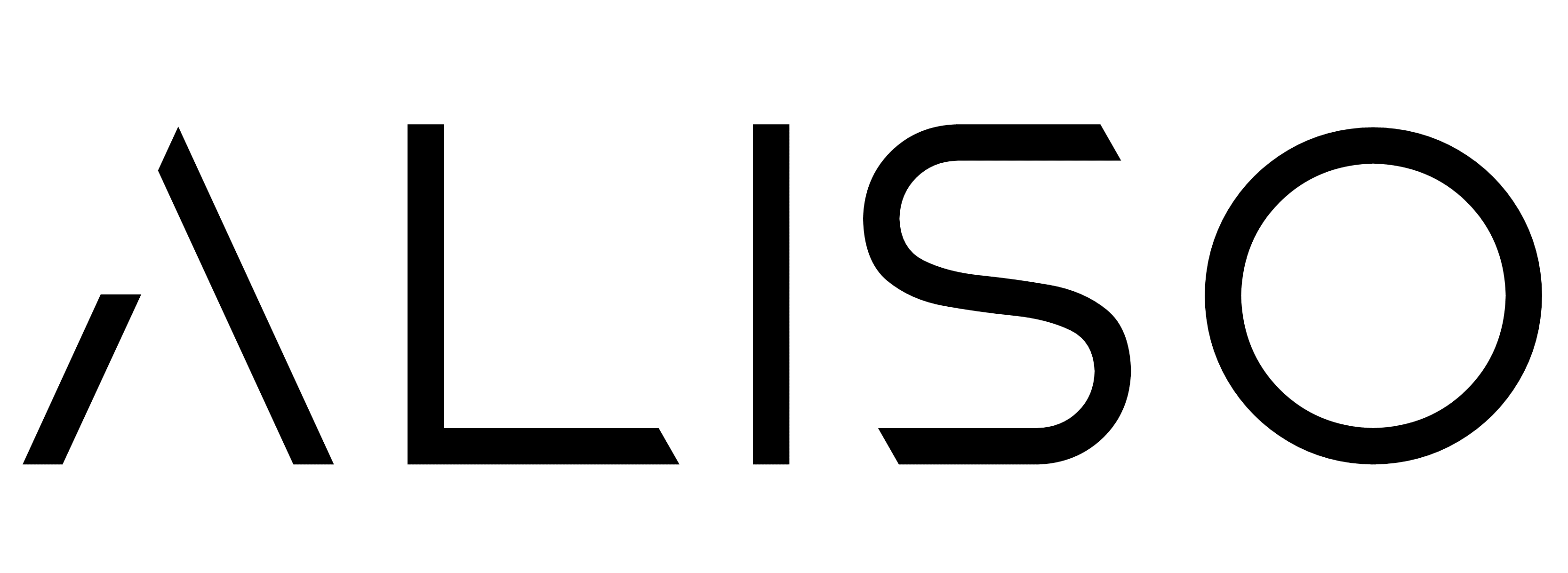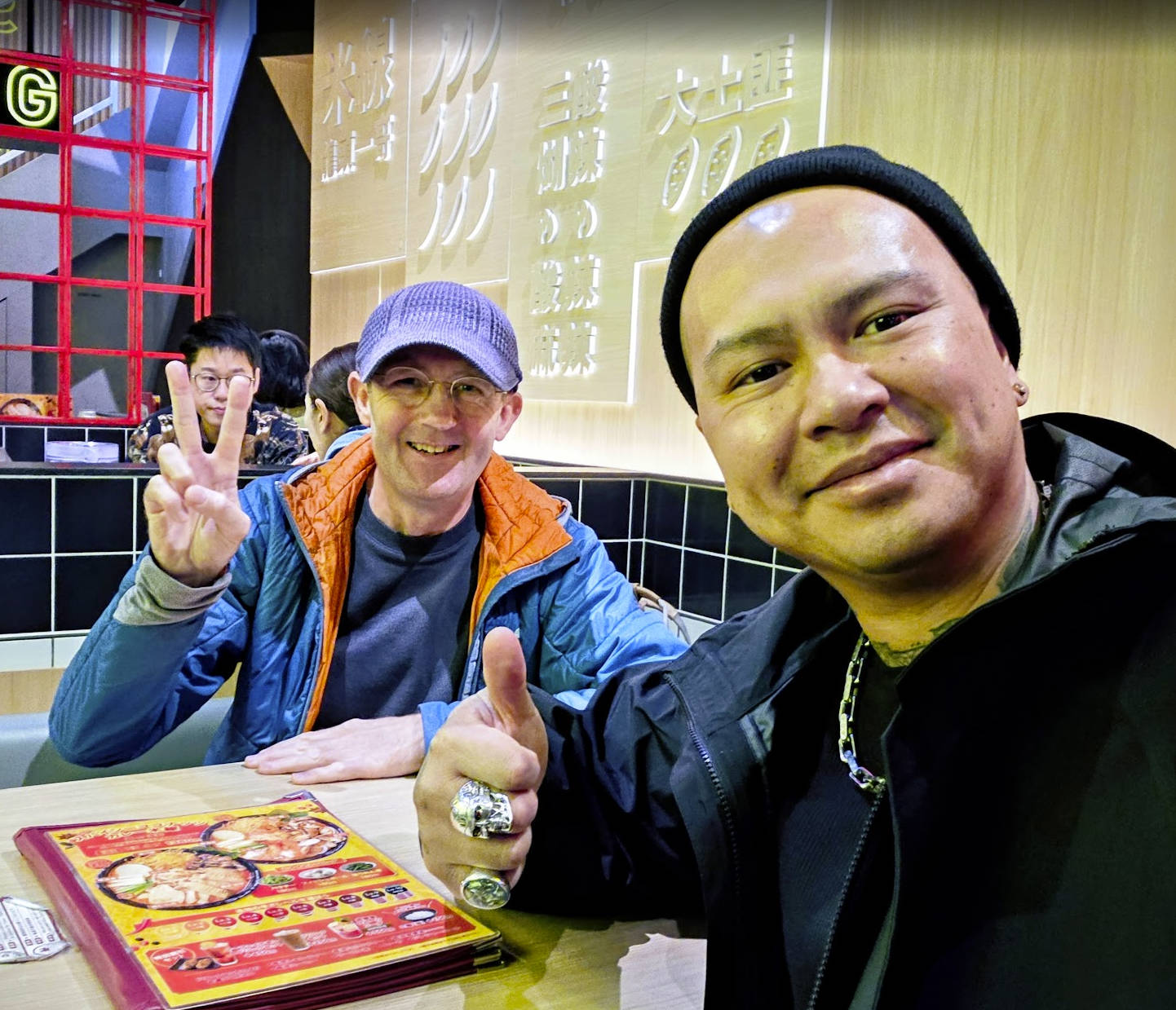Clear and effective documentation is at the core of any successful organisation, especially when working within regulated industries or fast-paced projects. From writing and revising standard operating procedures (SOPs) to ensuring training manuals meet specific change control requirements, the process requires a blend of technical expertise, collaboration, and time management.
In my experience, working on documentation projects with tight deadlines has taught me the importance of aligning processes, collaborating with SMEs, and maintaining consistency. This article will walk through the key strategies and best practices I’ve developed over time to manage high-volume documentation projects effectively.
Authoring and Revising SOPs for Change Control
Standard Operating Procedures are critical for any organisation, particularly in industries where compliance and quality are key. Writing or revising SOPs involves more than just putting words on paper. It requires a deep understanding of the process, its stakeholders, and the organisation’s change control requirements.
Change control is a structured approach that ensures all process updates are reviewed, approved, and implemented effectively. SOPs must align with these requirements to ensure that any change does not compromise quality or compliance.
When revising an SOP, the first step is to review the current process and identify what’s changing. Are there new technologies being introduced? Has the workflow been adjusted to meet regulatory requirements? These details guide how the SOP needs to be updated.
To ensure clarity, I focus on creating concise instructions while avoiding jargon. The aim is to make SOPs accessible to anyone who needs them. Diagrams, flowcharts, and visuals are particularly helpful in making the document easier to follow.
Collaborating with Cross-Functional Teams and SMEs
Effective documentation is a team effort. As a technical writer or instructional designer, I often work with cross-functional teams and Subject Matter Experts (SMEs) to gather the technical information needed to create or revise documentation.
Each team and SME brings unique knowledge to the table. Engineers understand the technical specifications, quality managers focus on compliance, and operations staff know the practicalities of day-to-day processes. My role is to bridge these perspectives and create a document that reflects everyone’s input while maintaining consistency and clarity.
Building rapport with SMEs is essential to gathering accurate and comprehensive information. Some prefer detailed meetings, while others respond better to quick emails or Teams messages. I tailor my approach to suit each individual, ensuring the process is as efficient as possible.
Communication is key when working across teams. I make it a priority to clarify expectations, define deadlines, and check in regularly. This ensures everyone stays aligned and that the project progresses smoothly.
Processing and Approving Documentation Under Tight Deadlines
High-volume documentation projects often come with tight timelines. Managing these projects requires strong organisation and attention to detail.
One of my key strategies is to establish a clear workflow for drafting, reviewing, approving, and distributing documentation. This ensures no steps are missed and that all stakeholders are aware of their responsibilities.
To handle a large volume of documents efficiently, I use project management tools like Trello or Asana to track progress. These tools allow me to prioritise tasks, set deadlines, and monitor approvals.
Another critical aspect is managing reviews. SOPs and training manuals often need input from multiple stakeholders, and delays in feedback can derail the timeline. I ensure deadlines for reviews are realistic but firm and provide clear guidance on what feedback is required to avoid unnecessary back-and-forth.
Once the documents are approved, I ensure they are published and made accessible to all relevant teams. A centralised repository like SharePoint or a document management system helps keep everything organised and ensures version control.
Balancing Accuracy and Speed
When working under tight deadlines, it’s tempting to prioritise speed over accuracy. However, cutting corners can lead to errors that cause bigger issues down the line.
To balance both, I focus on creating an initial draft that is clear and structured but leaves room for feedback. This allows me to address any gaps during the review process without compromising on quality.
Consistency is also crucial. I maintain templates for SOPs, training manuals, and other documents to ensure a uniform structure and tone across all materials. This not only speeds up the process but also improves readability for users.
The Importance of Effective Training Materials
SOPs and training manuals go hand-in-hand. While SOPs provide the “what” and “why,” training manuals focus on the “how.” Creating training materials involves translating technical information into practical, user-friendly content.
For example, a new SOP might outline a change in manufacturing procedures. A corresponding training manual ensures employees understand how to implement these changes in their daily work.
To create effective training materials, I use step-by-step instructions, visuals, and examples to make the content engaging and easy to follow. I also consider the needs of different learners, incorporating both written guides and interactive elements like videos or quizzes.
Key Takeaways
Managing SOPs, training manuals, and other documentation in a high-pressure environment requires more than just writing skills. It demands collaboration, organisation, and the ability to adapt to tight deadlines.
By aligning documents with change control requirements, working closely with SMEs, and establishing efficient workflows, businesses can ensure their documentation is accurate, accessible, and effective.
In my experience, the key is to focus on clarity, consistency, and collaboration. These principles not only help deliver high-quality documentation but also support the organisation’s broader goals of efficiency, compliance, and continuous improvement.
Whether you’re updating SOPs or creating training materials, the process isn’t just about meeting deadlines. It’s about creating resources that truly support teams and enable them to work better.






